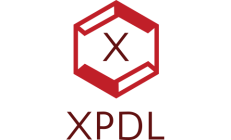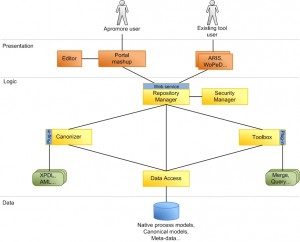
Snapchat is an attractive social app through which people connect and share their snaps. It has become major player in the world of networking platforms thanks to its simplicity and great features. Millions of people worldwide use Snapchat because it gives them the necessary privacy and anonymity when connecting with others. If you want to get a feel for snapchat and add some usernames check out the forum site Teen Usernames. Unlike Facebook, who are often criticized for their security vulnerabilities and misuse of sensitive information, Snapchat is a platform that has worked without any major problems or issues so far.
Latest Technology and Snapchat
XPDL technology has been used by Snapchat because of its positive characteristics and top features. All website and app developers are looking to create something amazing when building a platform. Snapchat is no different in that matter. People that are behind Snapchat have taken many new technologies, including XPDL and have used them to build a great platform. Because of XPDL, now Snapchat functions perfectly. It is a smooth app which everyone can use without facing any background issues.
Truth is that when people use Snapchat they do not think about what is behind the app. They do not know how technology was used so the app will look as it looks. They do not have to because there is an entire team of professional web builders that take care of everything. Creating an app or a website is not as easy as it may look at first. People only see the final product that is being served and they do not know the complexities of the workflow process. Only handful of people are fully interested in how Snapchat is created, so XPDL is mostly for those experts that want to get insight to the technical details behind creation of something.
If you want to know more about XML Process Definition Language, or XPDL, it is advisable you contact people and companies that are experts in that field. They will surely explain you all details and technicalities behind this concept and many other concepts required for building something from scratch. There are many details, plans and other data that is implemented so we can get to use Snapchat as a final and finished product.
With help of XPDL, Snapchat is becoming more visible online and more attractive to the audience. It always pops up in the top search results because of the algorithms used for that. That in turn increases popularity and attractiveness of the app. It also brings more revenue for the company that created Snapchat. That shows how important technology is today. Without latest standards and concepts implemented, we cannot expect to use quality apps and social platforms. Fortunately, group of developers behind Snapchat have found great ways and have used top standard technology concepts to create something really spectacular and remarkable. All of that makes Snapchat a really unique application which is used by millions of users. This was some general information about how Snapchat uses XPDL and what is behind creation of such product. Get properly informed and enjoy using Snapchat.





